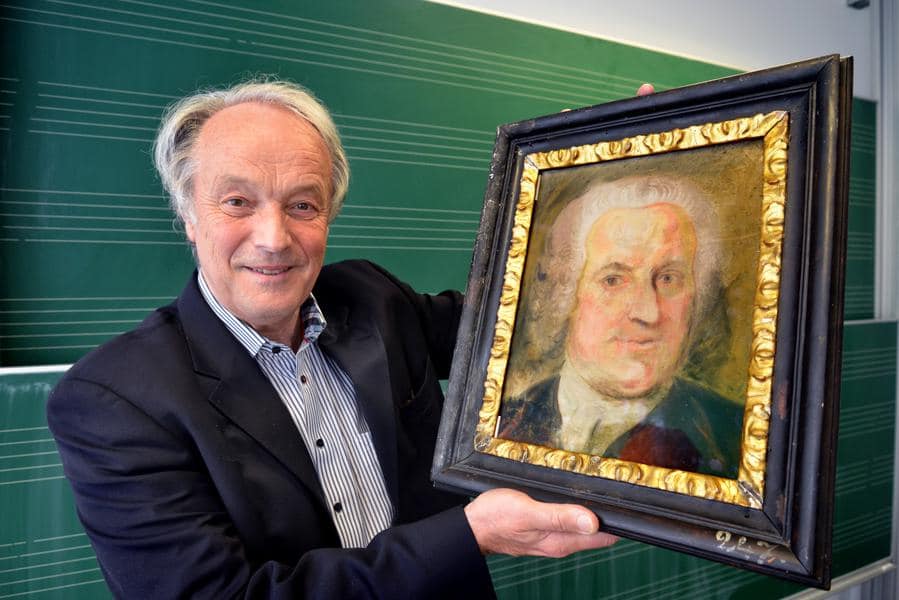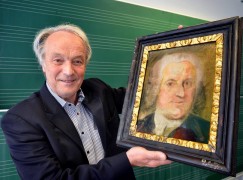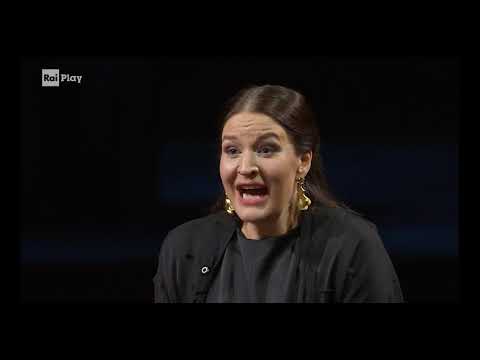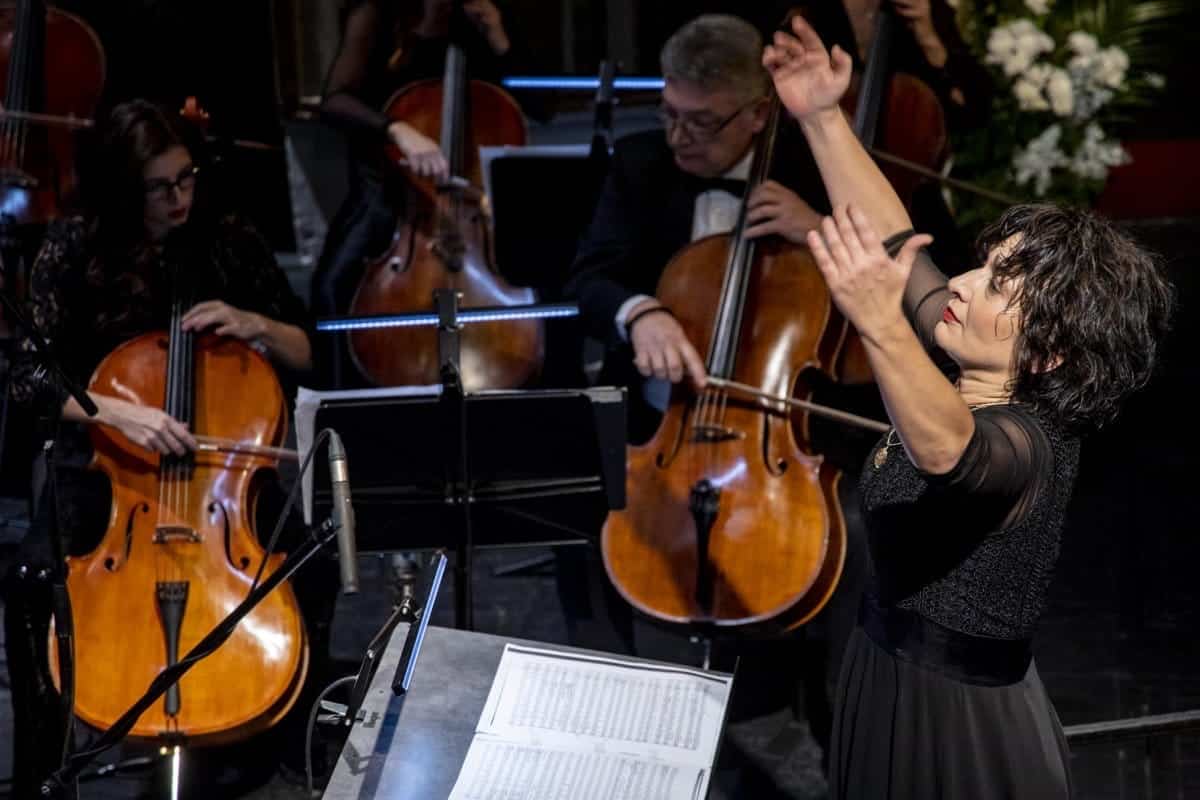Are these minuets by Bach, or some other guy?
mainThe Argentine pianist Juan María Solare has just released a recording of two minuets from Johann Sebastian Bach’s Anna Magdalena Notebook which he says are not by Bach at all.
The real composer, he says, was Christian Petzold (1677 – 1733).
Any thoughts?







If Wiki is any guide, this theory has been going around since the 1970s
https://en.wikipedia.org/wiki/Christian_Petzold_(composer)
Surely this is not a surprise, Norman. There were, in fact, two notebooks given by Bach to Anna Magdalena, his second wife. Although he did put quite a lot of his own music into them, especially the first, they came to include music by the rest of his family and also a lot of pieces by musical friends and acquaintances, who presumably added them during visits to the Bach household.
There’s a particularly good new edition of the Notebooks that deals with all this, published two years ago by Edition Peters (in the interests of full disclosure, the company I work for), and it makes the whole thing very clear. However, also in the interests of full disclosure, when we published the edition, it was quite a revelation to me also. Having grown up playing pieces from what I was led to think was just the one Notebook, and especially the piece you have shown in your picture, I just assumed this was all Bach’s music for his wife. So, it was also a surprise to discover that this particular piece wasn’t actually by JSB at all, as assumed, but by Petzold. But once you know the full story of the two Notebooks, it all makes sense. It’s not really a matter of “any thoughts”, as though this were a matter of opinion. The scholarship – by Professor Christoph Wolff – is exceptional and definitive (as he is in these things!). It’s just rather astonishing that this hasn’t been a better known story before, and that generations of young pianists have grown up playing these pieces without understand their provenance.
I hate to have to break this news to you, but Petzold’s authorship of these two pieces has been general knowledge for decades.
From a suite by Petzold copied by JSB.
Copied by Anna Magdalena Bachin herself, I think. The two minuets, probably by Petzold, follow two fiendishly difficult partitas by JSB (in JSB’s own hand) which begin the book. Perhaps she wanted something in her notebook that she could actually play!
(The facsimiles of the notebooks can be downloaded from IMSLP. What a wonderful time we live in.)
He is not the first to point that out, and it is long firmly established that Bach’s Notebook for Anna Magdalena included many (perhaps even the majority of) works by other composers which the Bach family merely copied to practice and use as teaching tools. Not only these 2 famous Menuets, but also the somewhat famous “Bist du bei mir” are now not attributed to Bach.
Just look at either the latest Barenreiter or Peters editions of the “Notebook” which correctly identify composers such as Petzold, Couperin, C.P.E. Bach, J. Chr. Bach, Stoezel, and Hasse. The Peters edition even has a YouTube video explaining their latest publication.
By the way, some of these same pieces can be heard in the French Netflix film “Lady J” which is filled entirely with baroque and classical background music.
I thought that was fairly well accepted? Luc Beauséjour played the G major minuet a few weeks back at Salle Bourgie in Montréal, and it was identified as Petzold, not Bach.
Juan María Solare plays beautifully and is well informed. That Anna Magdalena’s notebook includes compositions both by Johann Sebastian and by others has been a well established fact for decades. Further details are easy to find in the prefaces of good urtext editions, like Henle, Bärenreiter etc.
These are known facts to anyone who pays attention to musicology and is not busy bashing the discipline.
BWV Anh 115 sounds rather too plodding and simplistic to have been composed by Bach, as does BWV Anh 114 (familiar to many piano beginners, I daresay).
No thoughts on the provenance of the minuet, but I am very grateful for the post just the same. I haven’t heard this enchanting little morsel for nearly 30 years, when it was included in an Alfred-published collection of Bach keyboard works for beginning pianists. On a subconscious level, it was responsible for my falling in love with music, because it is almost a mirror image of the more famous minuet in the parallel major key. It is a tidy demonstration of the limitless possibilities of Western harmony. Again, thank you.
That information has been around for a long time.
I thought this was well-known? The 1725 book is an anthology, with pieces by cpmposers other than J.S. Bach.
I have the Alfred Publishing Co. edition of Selections from Anna Magdalena’s Notebook. The minuet shown in the above illustration is on p. 20 where it states “Attr. to Christian Pezold…”
This is news? Lists of who wrote what in the Notebook are pretty common stuff out there, and the authorship by Petzold was well established and accepted years ago, maybe decades ago, so any “thoughts” we can express are largely irrelevant. It is known that at best only parts of the Notebook are original pieces by Bach and that much of it was music by others, including Petzold, written down as practice pieces for Anna Magdalena’s or Bach’s son’s own keyboard studies, or were just pieces she liked to hear performed in their home.
The most famous example is the lovely song, or aria, “Bist du bei mir” which is often credited to Bach because of the Notebook but is actually by Gottfried Heinrich Stölzel, a composer not unknown to Bach. On the other hand “Bei Mir Bistu Shein” is often erroneously credited to the Andrews Sisters. Please do not confuse the two songs.
In essence this is a minor key version of the more famous Minuet in G which is heard on so many beginner recitals (and for violin and piano, too) — and most famously of all, in a new meter and different rhythms, given words (“How gentle is the rain/that falls soften on the meadow” etc etc) which became a big hit during my youth for “The Toys”. My sister claimed I was playing it wrong because she only knew that pop song version.
Veteran record collectors might remember a Philadelphia Orchestra/Eugene Ormandy stereo recording of a supposed “Little Suite” by J.S. Bach — lush orchestrations by Columbia Masterworks’s Thomas Frost, recorded with that deep plush sound — of four works from the Notebook. I don’t think even one of the four pieces chosen was by J.S. The Minuet in G features the famous oboe playing (I assume) of John de Lancie, so it is worth hearing for that alone, and Ormandy really goes over the top in encouraging his strings to squeeze out every bit of juice from “Bist du bei mir.” Extremely beautiful in its way.
What makes him say they are “not by Bach at all”? Does he recognise Christian Petzold’s compositional style? Is there something in the manuscript that does not seem Bachian? Did Bach actually state that all pieces in his Anna Magdalena Notebook were written by himself?
Wikipedia says it is not Bach, and I can easily believe it.
He is correct.
What do the Bach scholars think?
This is nothing new
Here are my thoughts Norman:
Look up Petzold on Wikipedia and you find the answer on this page:
https://en.wikipedia.org/wiki/Christian_Petzold_
It seems that this query has already been researched.
This changes everything.
It’s a pleasant little piece, but I don’t think the worklists of either Bach or Petzold would be much affected by a definite attribution either way.
I guess we should be glad those beautiful pieces were mistaken for Bach or they might never have made it into hundreds of beginner piano books.
I’m okay with it being by Petzold. Other composers besides Bach wrote great music in that era. (My Baroque deity is Handel.) I do have fond memories of this little menuet, which was one of the few pieces I learned to play during my one year of viola lessons.
“Deity”?
Me too. This was my first baroque piece in guitar when I was about 12.
This will destroy Bach’s legacy. His entire reputation rested on those two minuets!
I have heard a great deal of Bach over the last couple of years having being gifted the great Bach box 333. So I am not an expert so take my comment as you will. I feel that overall the minuets sound too generic to be by Bach, except the end of the first and about half the second. The book they were in included works by other composers so it would not be that surprising really.
Truly no news here. A couple of years ago I picked up, at a used bookstore, a compilation of short piano pieces “compiled from the Note-Book of Anna Magdalene Bach.” The provenance, shall we say, of each piece is clearly stated; for example, a “Minuet in D minor” is identified as being of “Anonymous origin. Written in an unidentified hand.” This compilation was published in 1939.
Well, perhaps we should start seeing these notebooks as the baroque equivalent to the mix-tape.
If you want to hear something more interesting and more substantial by Petzold, here is a partita for viola d’amore, transcribed by the great Dresden violinist and composer, Pisendel — another of Bach’s acquaintances. The video helpfully gives the original MS score to read along with. https://www.youtube.com/watch?v=faKj_3CKU3E
This minuet is not by Paderewski.